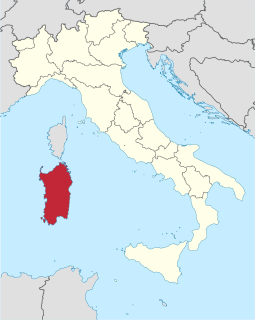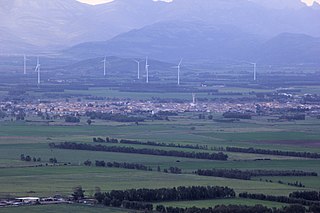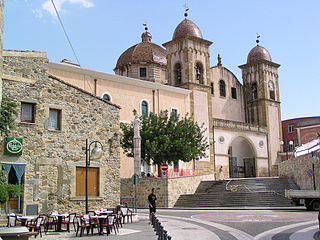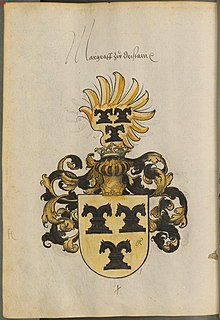
Sardinia is the second-largest island in the Mediterranean Sea, after Sicily, and one of the 20 regions of Italy. It is located west of the Italian Peninsula, north of Tunisia and immediately south of the French island of Corsica.

Archaeological evidence of prehistoric human settlement on the island of Sardinia is present in the form of nuraghes and other prehistoric monuments, which dot the land. The recorded history of Sardinia begins with its contacts with the various people who sought to dominate western Mediterranean trade in Classical Antiquity: Phoenicians, Punics and Romans. Initially under the political and economic alliance with the Phoenician cities, it was partly conquered by Carthage in the late 6th century BC and then entirely by Rome after the First Punic War. The island was included for centuries in the Roman province of Sardinia and Corsica, which would be incorporated into the diocese of Italia suburbicaria in 3rd and 4th centuries.

The Province of Sardinia and Corsica was an ancient Roman province including the islands of Sardinia and Corsica.
Mining and the processing of minerals date back to ancient times in Sardinia.

Guspini is a town and comune of about 12,000 inhabitants in west Sardinia (Italy), in the province of South Sardinia. It is 62 kilometres (39 mi) from the capital Cagliari and 14.6 kilometres (9.1 mi) from the railway station at San Gavino Monreale.
The Roman Catholic Diocese of Ampurias was a Latin suffragan Catholic bishopric in the north of Sardinia from 1070 till its suppression and merger with the Diocese of Civita-Tempio into the present Roman Catholic Diocese of Tempio-Ampurias.

Arbus is a comune (municipality) in the Province of South Sardinia in the Italian region of Sardinia.

Pabillonis, Pabillonis in the Sardinian language, is a comune (municipality) in the Province of South Sardinia in the Italian region Sardinia, about 50 kilometres (31 mi) northwest of Cagliari and about 15 kilometres (9 mi) west of Sanluri.

The Roman Catholic Diocese of Ales-Terralba is located in Sardinia, Italy. It is a suffragan of the Archdiocese of Oristano.

The Nuragic civilization, also known as the Nuragic culture was a civilization or culture on the second largest island in the Mediterranean Sea, Sardinia (Italy), which lasted from the 18th century BCE up to the Roman colonization in 238 BCE. Others date the culture as lasting at least until the 2nd century AD or possibly even to the 6th century AD.

The Sardinians, or Sards, are a Romance ethnic group native to Sardinia, from which the western Mediterranean island and autonomous region of Italy derives its name.

The Costa Verde is a coastline located in the south west of Sardinia, in the Province of South Sardinia. It extends for 47 km from Capo Frasca, in the north, to Capo Pecora and Portixeddu, in the south.

Giovanni Antonio Sanna was an Italian entrepreneur and politician.
Marquis of Villahermosa e Santa Croce is a title first granted in 1745 by Charles Emmanuel III, king of Sardinia to the Sardinian merchant Bernardino Antonio Genovès. It has passed afterwards to a branch of the house Manca, called Manca di Villahermosa since.

The Province of South Sardinia is an Italian province of Sardinia instituted on 4 February 2016. It includes the suppressed provinces of Carbonia-Iglesias and Medio Campidano, a large part of the old Province of Cagliari, and two other municipalities.

The Marquisate of Oristano was a marquisate of Sardinia that lasted from 1410 until 1478
The Roman Catholic Diocese of Civita(-Tempio) was a Latin Catholic bishopric in the Gallura region of northern Sardinia.

Sardinia's Day, also known as Sardinian people's Day, is a holiday in Sardinia commemorating the Sardinian Vespers occurring in 1794–96.
The gosos or goccius are a kind of devotional and paraliturgical songs of Iberian origin typical of Sardinia, and written in the Sardinian language.














